Note: This article was written by John Woods of All Things Dog – we hope you enjoy it. Thanks John for the informative piece!
Being a dog-parent can be a rewarding, fun and exceptional gift for many. From socializing your dog, introducing her to all the world has to offer, to training her to sit and teaching her trust.
This loving journey has many adventures and journeys which are often full of love and joy. Sometimes though, there are those mysterious behaviors.
You know the ones, why is Rover sniffing that?! Why has Fido just done this?! Those actions, that only dogs can take, which can have us bursting with laughter or scratching our heads with confusion.
Dog body language forms part of that behavior, which can often be confused or misunderstood by dog-parents.
So today, we are going to share with you some examples of dog body language for when they are ready to play!
“Let’s Chase”: Play Bow
For any dog-parent out there who has experienced the joys of yoga, you will most definitely have heard of the downward dog. A simple posture which was named after your dog’s play bow.
A play bow is a very clear and obvious communication between your dog and whatever they are trying to play with. When we think back to our puppy in their formative months, we often remember them pouncing and jumping on household items. This behavior stays with them for their entire life; the play bow is a posture similar to the end of this pounce.
To start with, your dog will lower their fore quarters to the floor. This will form part of their bow. They will then push their hind quarters into the air and their tail will be up, often wagging vertically.
Their facial expressions will mirror that of their body, with a relaxed face and, typically, floppy ears. Sometimes their mouth may appear to be slightly open, however, their lips won’t be pursed or teeth bearing.
Once in the play bow, your dog may look to rock or jump up and down, in an attempt to start or encourage play between themselves and another animal, pet or even objects! This is a very common body language displayed by dogs and it is safe to continue to allow them to play appropriately or continue their actions without any intervention.
The play bow shouldn’t be confused with stalking (another form of dog body language) where both the fore and hind quarters are on the ground. With a play bow only their fore quarters are to the floor and hind quarters into the air!
“Give Me a Belly Rub”: Belly Exposed
We have certainly all had those days when we come home and want to collapse on the nearest object which can sustain our weight… only to be greeted by our beloved four-legged friend.
This body language is almost as easy to spot as the play bow, however, we must be careful to consider more than just a dog lying on their back when we analyze this particular body language. Because, a dog may roll to the floor on their back for many reasons.
To start with, your dog will be on their back, eyes wide-open (often in an almond shape), with mouth open. If their mouth is open sometimes their tongue will flop out too. Pay attention to their ears as they should be relaxed and floppy, like their tongue, not alert and perked. Finally, their body will be relaxed and straight, not scrubbing side to side like they are scratching an itch!
If you see Fido in the belly rub pose, be sure to give him some fuss and attention! Especially during a young age, it’s a very confident position for your dog to be in, showing their trust and love for affection. Make sure to praise him whilst rubbing his belly.
Don’t be confused, this is not a sign of submission with a dog, but, a sign of happiness and joy. A similar form of body language, one that is associate with fear, would be your dog exposing their stomach, however, their body language would be very different. Their head will be turned away, their eyes closed or flinching, and their tail will be tucked.
Make sure you understand the difference as one is looking for play and attention, the other, avoidance.
“Let’s Explore”: Leaning Posture
The final example we have to share with you on cues that your dog wants to play is the leaning posture. This example requires a little bit more identification of the previous two as there are five signs to look for.
To start with your dog’s posture should be leaning forward, with more of his weight on his fore quarters than hind quarters. His head will be upright and proud, with a closed mouth and perked ears. His eyes will be open and fixed on the object, but, pupils won’t be dilated (i.e. you shouldn’t see the whites of his eyes). Finally, his tail will be wagging horizontally in small slow movements.
Once you combine all of these signals, you are observing your dog exploring something with a keen interest! Remember the handy acronym when trying to understand body language in the future “TEMP”:
- Tail
- Eyes
- Mouth
- Posture
Make sure to pay close attention to his tail, if this starts to stand vertically and stops wagging this posture can become aggressive. Watch his mouth, it should be closed, if the lips purse or the teeth are baring, again, this is becoming more aggressive.
Whilst this isn’t a clear sign your dog wants to play, it’s clearly a sign your dog is interested in exploring the object, person or animal. As long as his body language remains relaxed, you are more than safe to allow Fido to explore.
Conclusion to Dog Body Language
So, if when you come home to Rover this evening, you see a play bow or a belly rub posture make sure to start play!
It’s important to remember that dog body language should be studied in its entirety. Don’t just look at their tail, eyes, mouth or posture in isolation. Look at them all together, as a whole, as this will give you a much clearer and deeper understanding about your dog’s intentions.
I hope that the examples shared have encouraged you to start to explore dog body language and communication further.
Understanding even the basics will help to make you a better dog-parent and much more comfortable when your dog is interacting with new and different environments. So, when was the last time your dog struck a play bow? Let us know with a comment below!
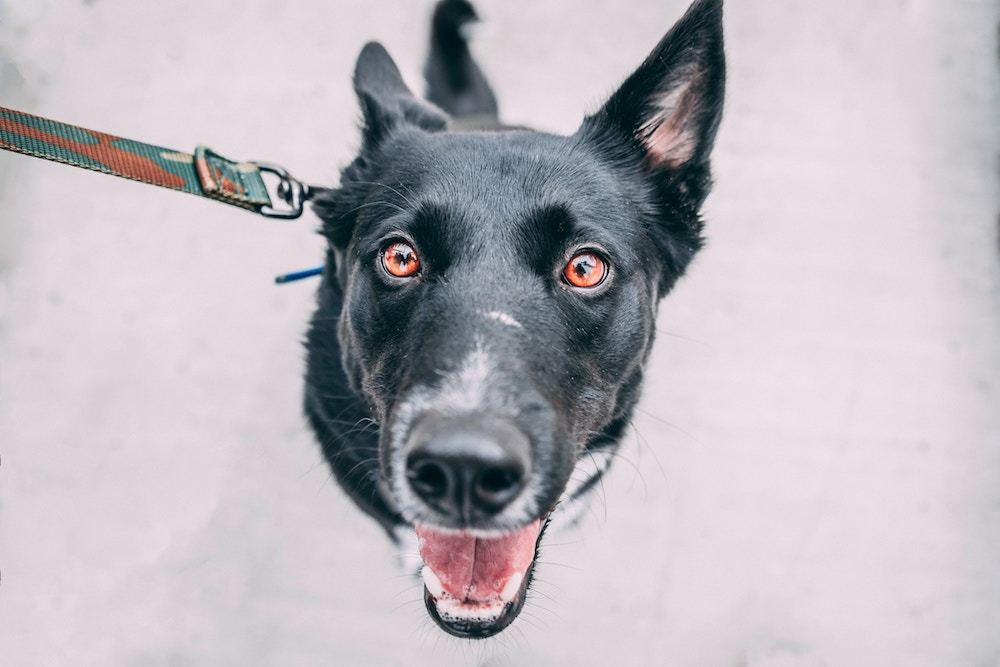
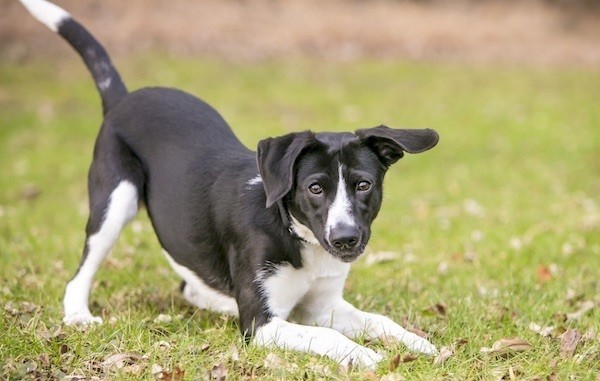
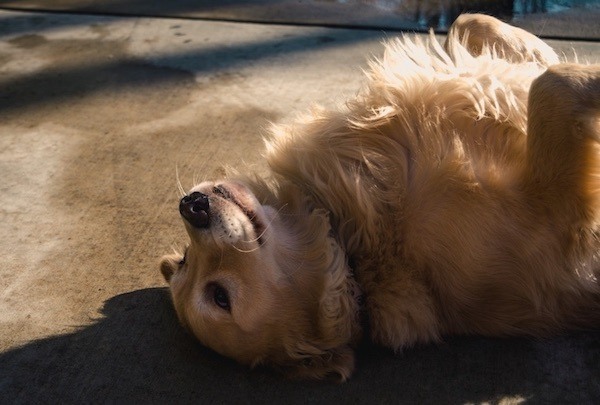
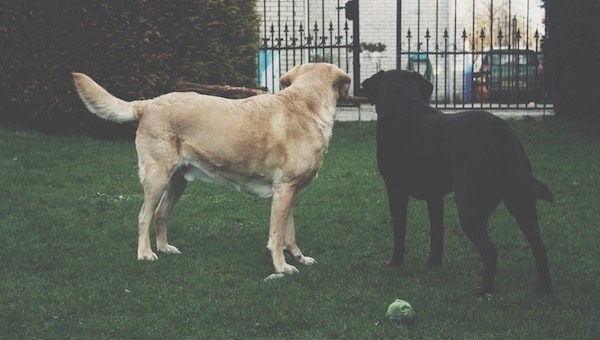



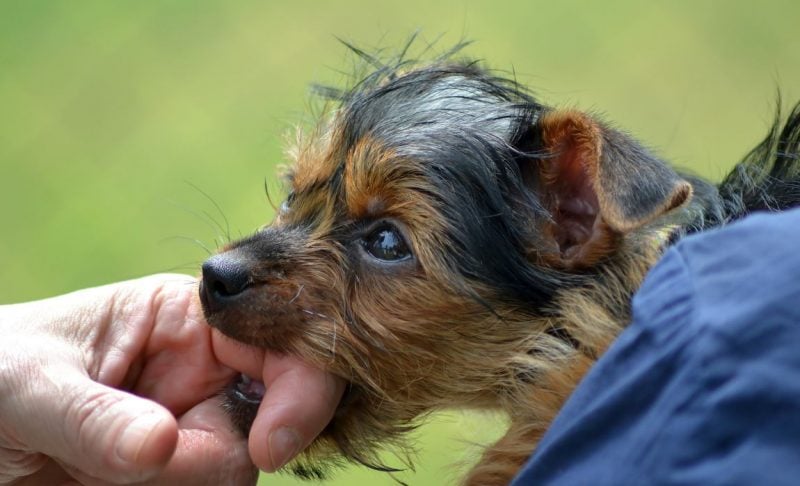
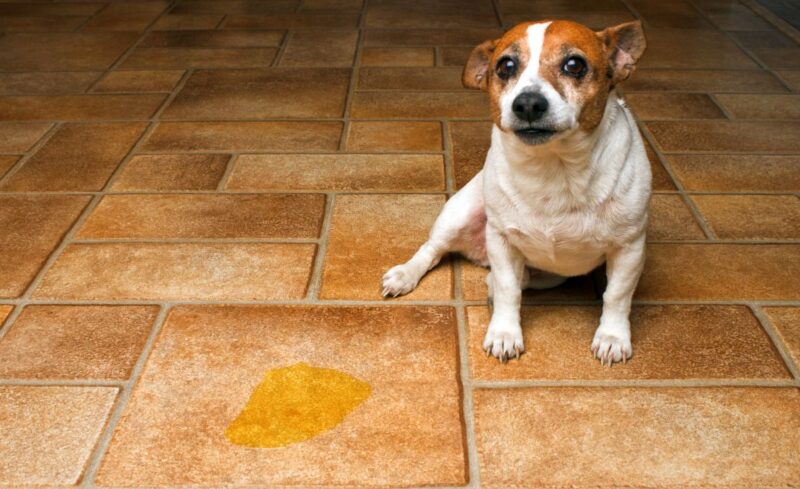


Leave a Comment